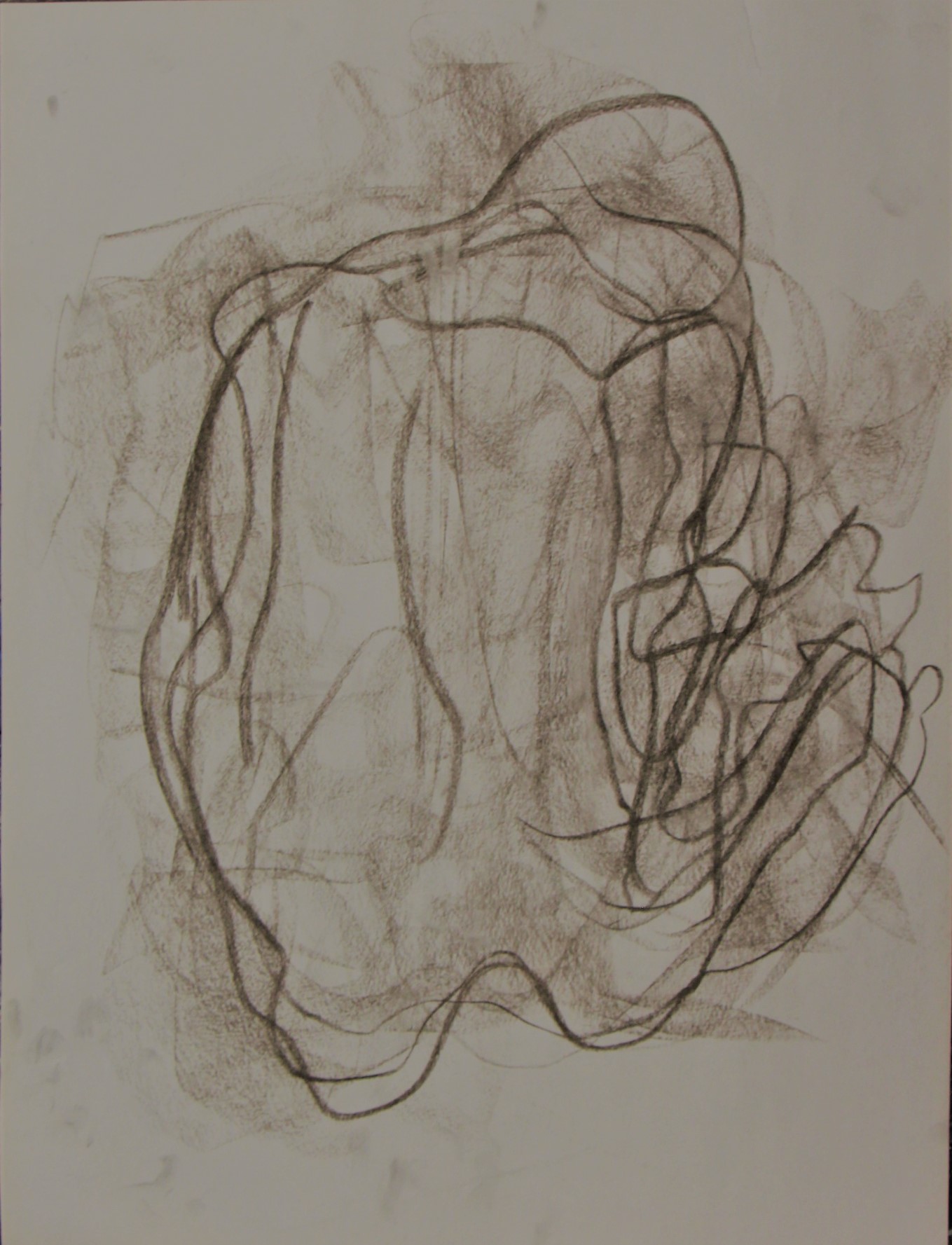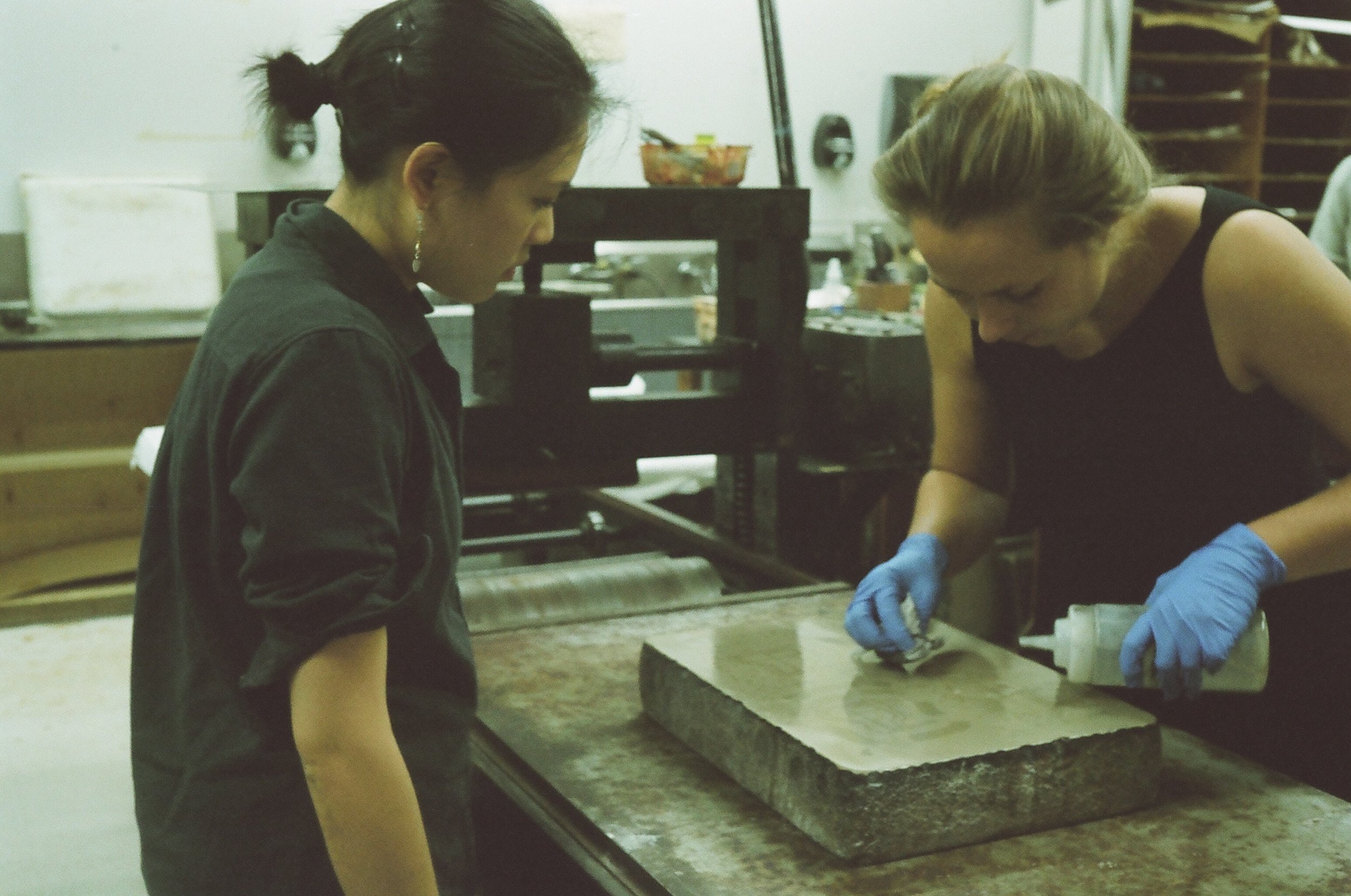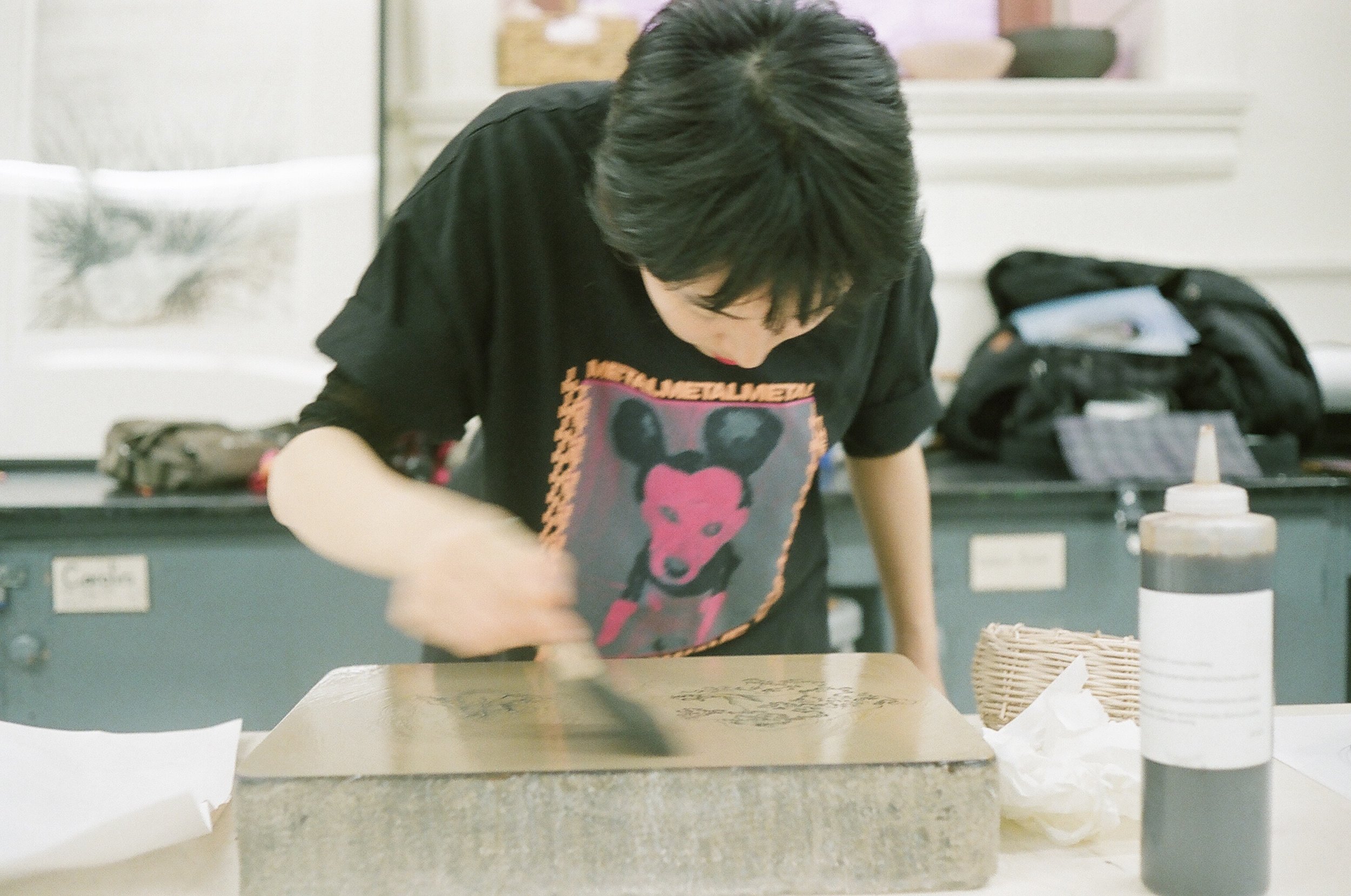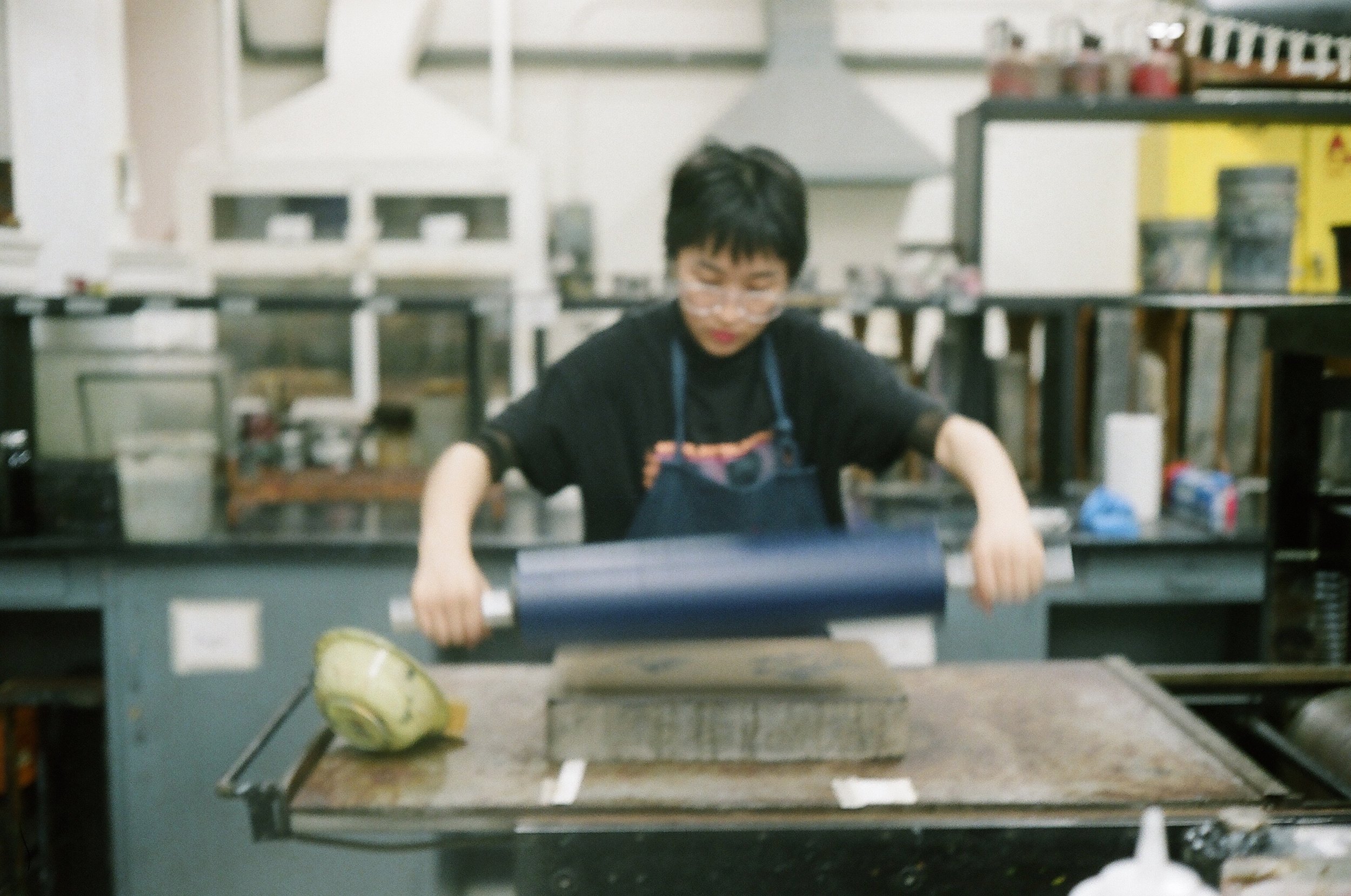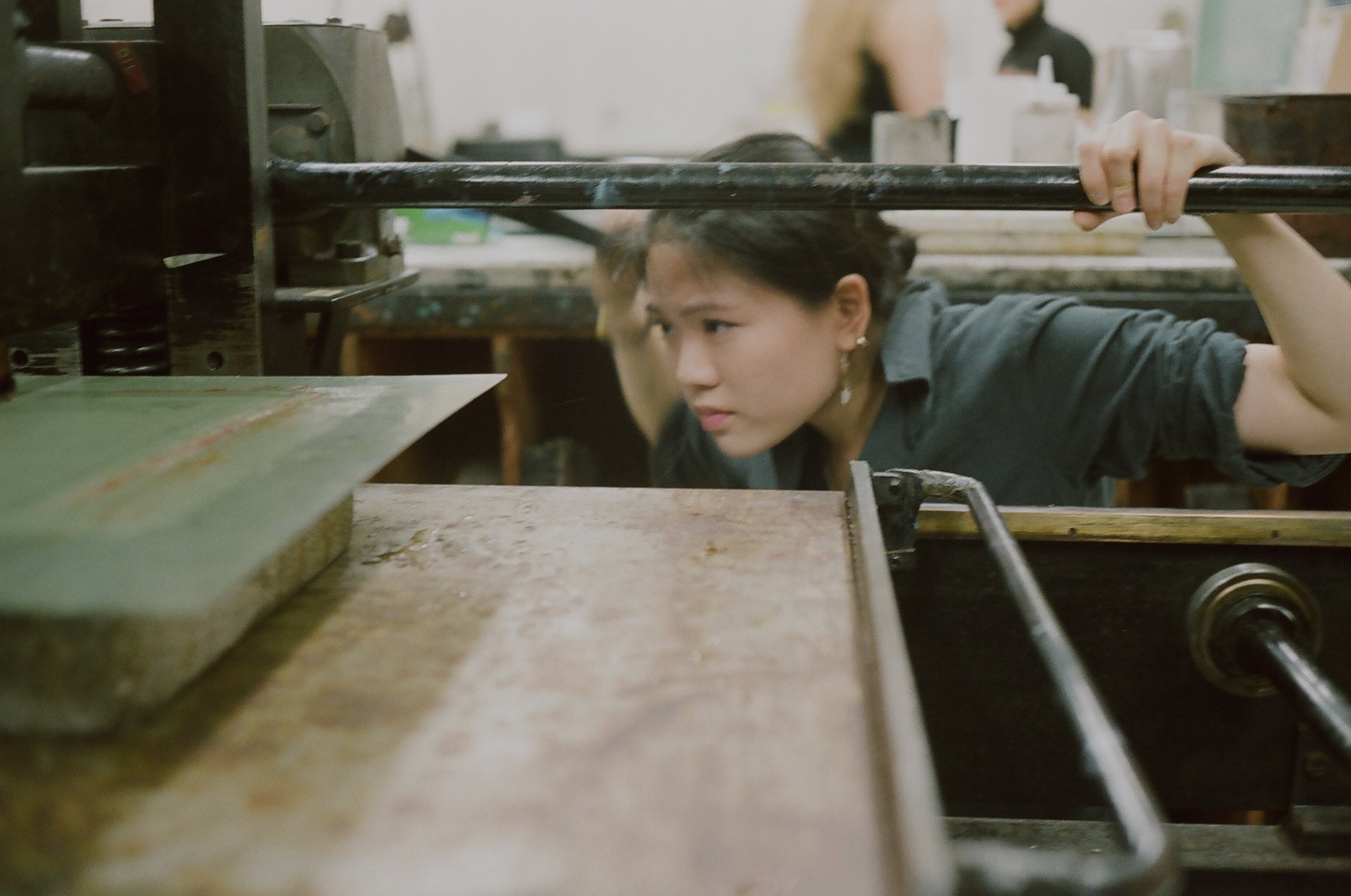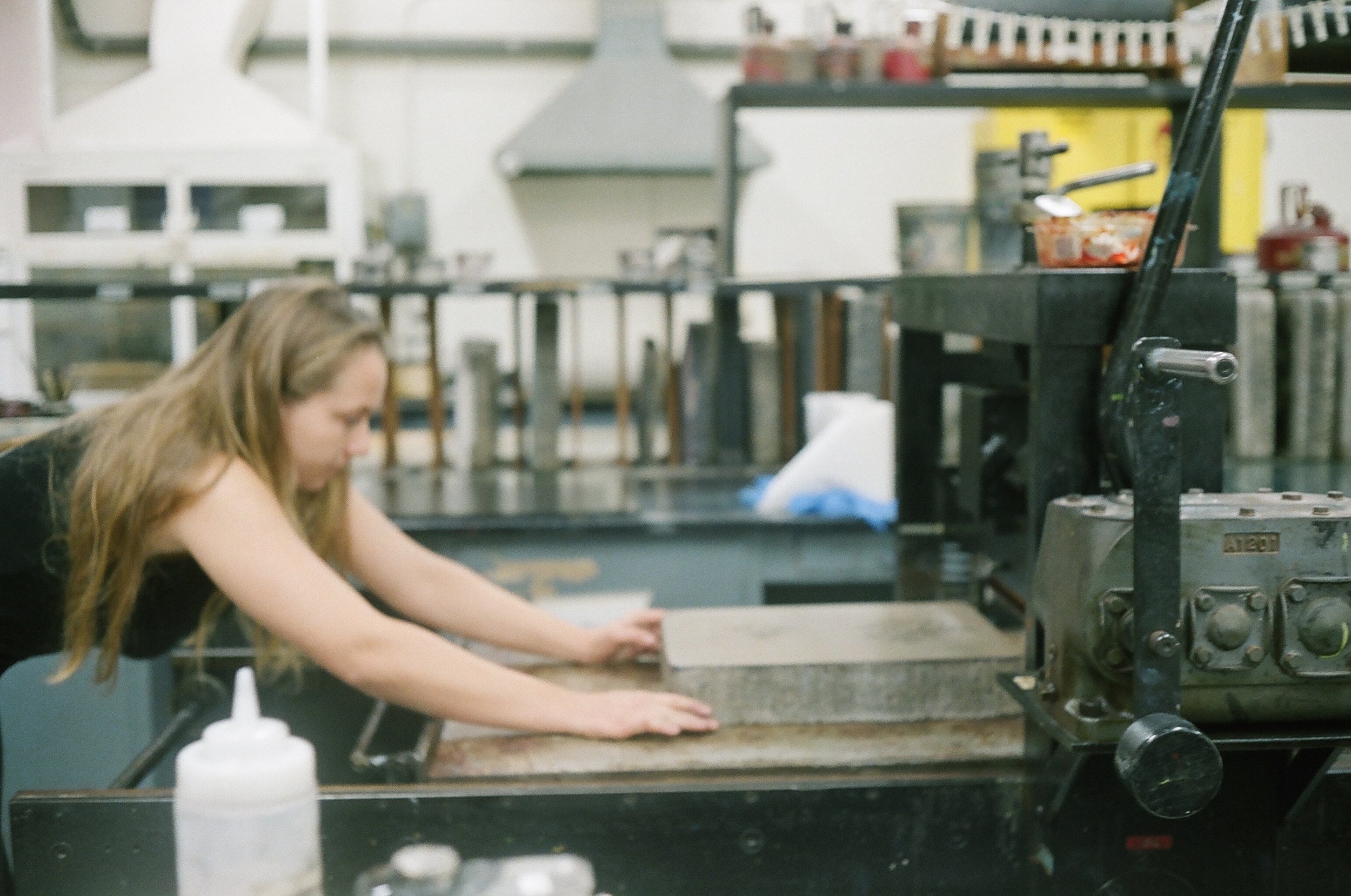In this post, filmmaker and current OHMA student Storm Garner discusses the practice of subtitling accented or non-normative spoken English in documentary filmmaking and video presentations of oral history.
Read MoreLessons from the Belfast Project
Current OHMA student Anne Cardenas discusses Patrick Raden Keefe’s book, Say Nothing, and issues of security in oral history and journalism, inspired by Dr. Sam Redman’s April 4 workshop “Oral History and Archives: Voice, Storytelling, and Narrative in Historical Research.”
Read More“Keeping Oral History Alive” —— Diversity in the Application of Oral History
In this post, based on Lorina Barker’s presentation, current Oral History MA student Lizzie Li discusses the diversity of oral history in real practice.
Read MoreIndigenous scholar’s work informs new Columbia University + Wikipedia Initiatives
In this reflection on Dr. Lorina Barker’s recent lecture at OHMA, Wikipedia Fellow and Wikimedian-In-Residence Darold Cuba explores how scholars and academics can decolonize and indigenize public spaces through scholarship, exemplified by new wiki initiatives incubated at the Columbia University Libraries, WikiHMCi & WikiHBCU/DIO.
Read MoreTimes Square: It Shines Like Diamonds
Listen to the audio story below to hear how Times Square “shined like diamonds” to an immigrant seeing it for the first-time in the late 1940’s. OHMA student Christina Barba takes excerpts from oral histories to create an audio vignette about memory, culture and the joy of discovery in New York City.
Read MoreIntersections Between a Clinical Encounter and an Oral History Interview: Skilled Listening and Narrative Understanding
Sculpture: My Father's Hearing Aid Cast in Gold by Neil Goldberg, 2012
During the OHMA Workshop , “Say It Forward: Art and Social Justice,” Lauren Taylor LCSW discussed her chapter, “Resilience: Elders in East Harlem,” reflecting on how her experience as a psychiatric social worker has both helped and hindered her practice as an oral historian. In this post, Caroline Offit explores the ways these roles interact: How do we think carefully about our narrator’s needs while being conscious of our own position and influence on an interview, as well as potentially evaluative or diagnostic language? How do we remain sensitive to the possible meanings that a narrator attaches to their words and how we personally interpret their words?
Read MoreWhat's Your Name's Hidden Meaning?
http://mentalfloss.com/article/78427/7-things-know-legally-changing-your-name
Lauren Taylor, Dao X. Tran, and Cliff Mayotte’s talk about Say It Forward: Art and Social Justice posed the question: How can we preserve and share humanity’s stories in order to build connections between people and create a more just and compassionate world?
Read More“God Coming”
The Patan Kumari, or living goddess. Source: Ellen Coon
How many selves are we alloted? In this post, Rebecca Kiil explores the notion of our many selves within the context of the many gods present in the daily lives of the Newar people of Kathmandu, as introduced to us in Ellen Coon’s captivating workshop, “The Mountain with Two Wives: Landscape and Embodied Memory in Kathmandu.”
Read More“I love it when they speak through my mouth”: Reflections on Oral History and Translation
Getty Images
OHMA alum Ellen Coon’s thesis on Newari women and divinity uses transcripts from the 1980s of Coon’s interviews with Newar midwife, Dil Maya Aji. Fascinated by the years Coon spent translating these interviews, OHMA student Caroline Cunfer contemplates how the subjective practices of translation and oral history intersect with and complement each other.
Read MorePyakhan, Zar and Possessions
Figure Drawing: Possession by Nairy AbdElShafy
In their reaction to possessions Nepal and Egypt are very different. Their religious and cultural interpretations influence Pyakhan; the masked dance-drama performed in Nepal and the Zar exorcism ritual performed in Egypt. Current OHMA student Nairy AbdElShafy reflects on Ellen Coon’s talk on The Mountain with Two Wives: Landscape and Embodied Memory in Kathmandu on March 7th, and our role as oral historians in documenting experiences of possessions.
Read MoreSounds as Language, Language as Sounds
Image Description: In this photo, Nishani Frazier starts her presentation with music that is essential to the identities from her hometown. It captures one of the exciting moments from the workshop, in which Frazier enlightens her audience with captivating music and sounds to make a point of her presentation.
“Listen to the world around you!” What do you hear? What sounds do you notice? Dr. Nishani Frazier’s presentation reminds us the importance of sounds in oral history. Music theory and philosophy teach us to value sounds that are linked with places, people, cultures, and languages.
Read MoreDear Green Place: Gentrification and Displacement in Glasgow’s West End
3,636 miles. That’s how far Glasgow, Scotland and Durham, North Carolina are apart from each other. Current OHMA student Rebecca McGilveray reflects on Nishani Frazier’s recent workshop and one of the things that unites these two places – the issues surrounding displacement.
Read MoreTelling Histories: Aurality in the Classroom and in the Streets
Nishani Frazier, educator, black freedom scholar, and someone unafraid to turn oral history practices on their head, recently returned to Columbia (where she earned her PhD) to discuss "The Sounds of Blackness: Space and Sound Preservation as Oral History Advocacy."
Read MoreFollowing Your Gut
Sean Dorsey, the first acclaimed transgender contemporary dance choreographer in the US, created a trilogy of full-length dance-theater works based on the oral history interviews he conducted. Then, how did Sean turn narratives into dances? What’s his creative process? The answer is in this blog post.
Read MoreEmbodied Storytelling is Not New
For thousands of years Indigenous Pacific cultures have integrated oral traditions and dance. Kim-Hee Wong shares her experiences of practicing hula, Hawaiian dance, in response to a presentation by Sean Dorsey in the 2018-2019 OHMA workshop series, Oral History and the Future: Archives and Embodied Memory.
Read MoreAn Invitation to the Intersubjective Exchange
In response to Sean Dorsey’s talk “Dancing with THE MISSING GENERATION: centering trans oral histories”, current OHMA student Nora Waters considers ways of building intersubjective containers with room for more than two.
Read MoreEngaging and transforming the spaces around us…...
In this blog post, OHMA student Brad Bailey reflects on the intersection of film, art, community engagement, and representation.
Read MoreWikimedia to the Rescue? How Wikipedia’s Crowdsourcing Model Could Catalyze the Field of Oral History.
Can the Wikimedia platform, tools and model help solve Oral History’s biggest problem - transcribing and digitizing the overwhelming number of unprocessed oral histories sitting in vaults around the world? Current Oral History MA student & Wikipedia Fellow (and Columbia’s first ever Wikimedian-In-Residence) Darold Cuba explores this possibility in a reflection of a Nov. 1, 2018 talk presented by Doug Boyd in the 2018 - 2019 OHMA workshop series, Oral History and the Future: Archives and Embodied Memory.
Read MoreTalking Knots: Decolonizing Oral History through Alternative Methods of Memory Transmission
In this blog post, OHMA student Caroline Cunfer reflects on colonized ideas of history and record-keeping, and how as oral historians we can reconsider and expand our processes of memory transmission to engage in ways that are natural and meaningful to the communities we are working with.
Read MoreArt and Art-making: The Meticulous Presence of the Encounter
In this post, current OHMA student Nora Waters explores the inherent creative practice of the encounter, whether it be lithography or an interview, after discovering that she has lived much of her life as a maker without a medium.
Read More







